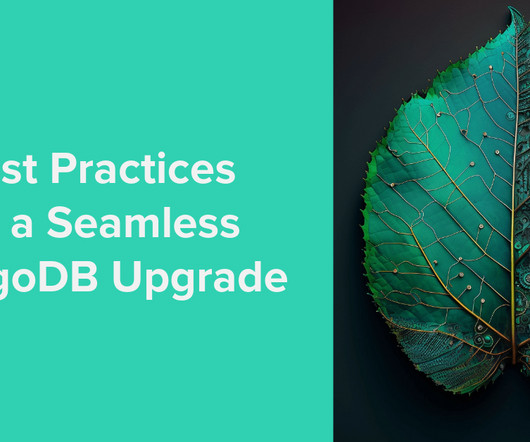Best Practices for a Seamless MongoDB Upgrade
Percona
NOVEMBER 2, 2023
MongoDB is a dynamic database system continually evolving to deliver optimized performance, robust security, and limitless scalability. Our new eBook, “ From Planning to Performance: MongoDB Upgrade Best Practices ,” guides you through the entire process to ensure your database’s long-term success.














Let's personalize your content